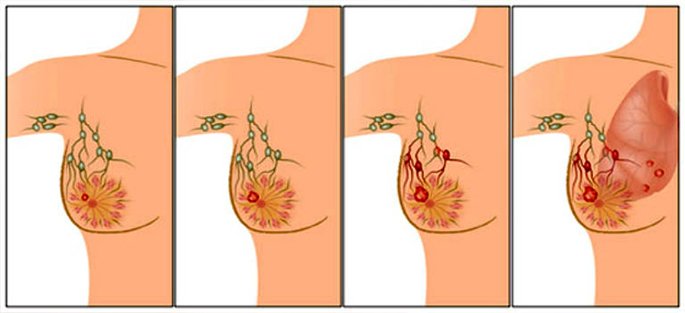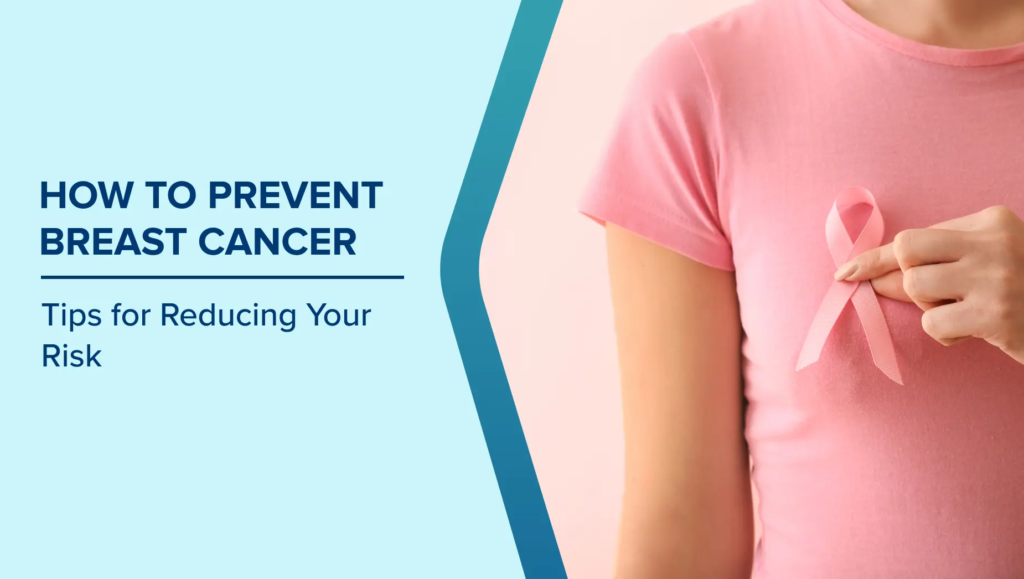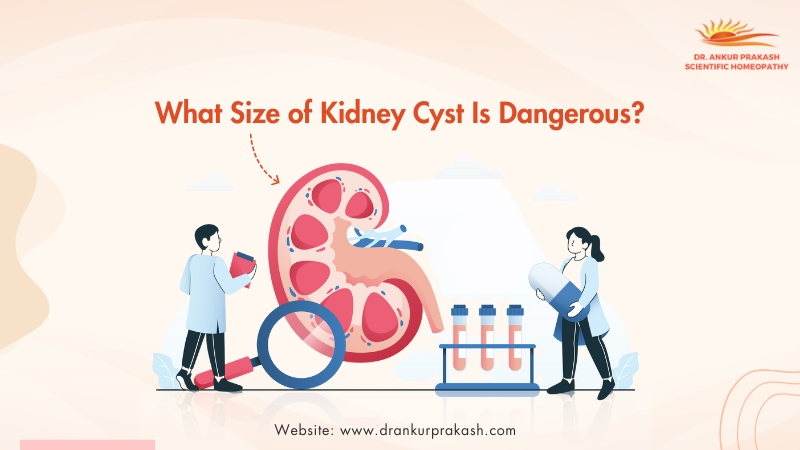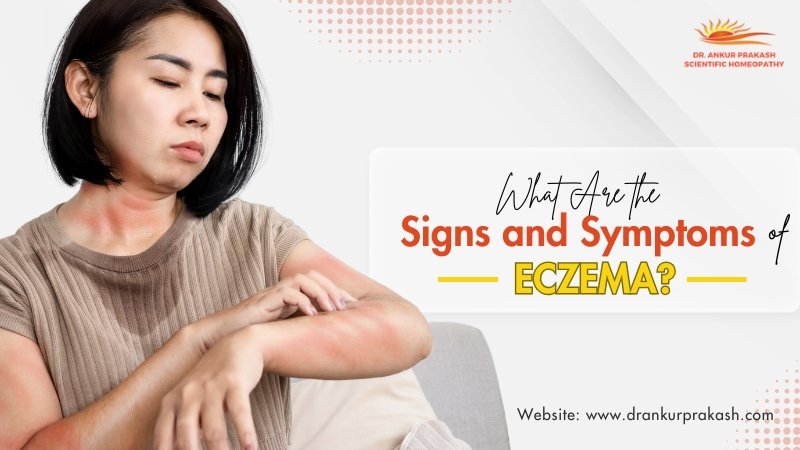Breast cancer is the most commonly diagnosed cancer in women worldwide and the second leading cause of cancer-related deaths among women. However, thanks to increasing awareness, early detection, and advanced treatment options, survival rates have improved significantly. Prevention, both primary and secondary, remains the cornerstone of reducing the burden of this disease. This blog aims to educate you about breast cancer and offer practical steps to lower your risk.
What is Breast Cancer?
Breast cancer is a malignant tumor that develops in the cells of the breast. It occurs when cells mutate and grow uncontrollably, forming a mass of tissue that may invade surrounding tissues or spread to other parts of the body (metastasis).
The breast is made up of lobules (glands that produce milk), ducts (tubes that carry milk), fatty tissue, and connective tissue. Most breast cancers start either in the ducts (ductal carcinomas) or in the lobules (lobular carcinomas).
According to the World Health Organization (WHO), approximately 2.3 million women were diagnosed with breast cancer globally in 2020, and 685,000 died from the disease. The risk of a woman developing breast cancer in her lifetime is about 1 in 8, but early detection significantly increases the chances of survival.

Breast Cancer Types
Understanding the type of breast cancer helps determine the treatment plan and prognosis. Here are the main categories:
1. Non-Invasive (In Situ) Breast Cancer
Ductal Carcinoma In Situ (DCIS):
- Confined to the milk ducts.
- Not yet spread to surrounding tissues.
- High cure rate when detected early.
2. Invasive (Infiltrating) Breast Cancer
Invasive Ductal Carcinoma (IDC):
- Accounts for 70–80% of cases.
- Starts in the ducts and invades nearby tissue.
Invasive Lobular Carcinoma (ILC):
- Starts in the lobules and may not form a distinct lump, making it harder to detect.
3. Rare and Aggressive Forms
Inflammatory Breast Cancer (IBC):
- Less than 5% of all breast cancers.
- Causes swollen, red breasts and progresses rapidly.
Paget’s Disease of the Nipple:
- Affects the skin of the nipple and areola.
Triple-Negative Breast Cancer (TNBC):
- Lacks estrogen, progesterone, and HER2 receptors.
- More aggressive and difficult to treat.
4. Metastatic Breast Cancer (Stage IV)
- Cancer has spread beyond the breast to other organs.
- Requires lifelong management and treatment.

What are Breast Cancer Symptoms?
Breast cancer symptoms vary widely and some women may not notice any at all. However, common warning signs include:
- A new lump in the breast or underarm (armpit).
- Thickening or swelling of part of the breast.
- Irritation or dimpling of breast skin.
- Redness or flaky skin in the nipple area or the breast.
- Nipple discharge other than breast milk, including blood.
- Pain in any area of the breast.
- Changes in the size or shape of the breast.
- Pulling in of the nipple or pain in the nipple area.
Important Note: Not all lumps are cancerous. Benign (non-cancerous) breast conditions are common, especially in younger women. But any change should be promptly evaluated.

What Causes Breast Cancer?
While the exact cause of breast cancer is not known, several risk factors can increase the likelihood of developing the disease. These include:
1. Genetic and Hereditary Factors
- Inherited mutations in genes such as BRCA1 and BRCA2.
- Having a first-degree relative (mother, sister, daughter) with breast or ovarian cancer.
- Personal history of breast cancer or certain non-cancerous breast conditions.
2. Hormonal and Reproductive Factors
- Early menstruation (before age 12) or late menopause (after age 55).
- Use of oral contraceptives or hormone replacement therapy (HRT).
- Having no children or having a first child after age 30.
- Not breastfeeding.
3. Lifestyle and Environmental Factors
- Sedentary lifestyle.
- Obesity, especially after menopause.
- Alcohol consumption (even one drink per day can increase risk).
- Smoking.
- Exposure to radiation, especially during adolescence.
4. Age and Gender
- Risk increases with age.
- Although rare, men can also develop breast cancer.
Understanding your risk profile is the first step toward prevention.

How is Breast Cancer Diagnosed?
Early detection through screening is vital. Breast cancer diagnosed at an early stage is more likely to be treated successfully. Diagnosis typically involves:
1. Self-Breast Exam
- Monthly self-checks help you become familiar with how your breasts normally look and feel.
2. Clinical Breast Exam
- Performed by a healthcare provider during routine check-ups.
3. Mammography
- Low-dose X-ray of the breast.
- Recommended annually from age 40 onwards (or earlier for high-risk women).
4. Breast Ultrasound
- Helps evaluate abnormal findings from a physical exam or mammogram.
5. MRI (Magnetic Resonance Imaging)
- Recommended for high-risk individuals.
- Offers more detailed images.
6. Biopsy
- A sample of breast tissue is taken and analyzed to confirm if it’s cancerous and determine type and grade.
7. Genetic Testing
- Recommended if there is a strong family history or known mutation.
How to Prevent Breast Cancer?
While you can’t change some risk factors like age or genetics, many preventive strategies can significantly reduce your risk:
1. Maintain a Healthy Weight
- Fat tissue increases estrogen levels, which can promote cancer growth.
- A BMI under 25 is ideal for most women.
2. Be Physically Active
- Aim for at least 30 minutes of moderate activity most days of the week.
- Exercise regulates hormones and supports immune function.
3. Eat a Nutritious Diet
- High in fruits, vegetables, whole grains, and omega-3 fatty acids.
- Limit processed foods, red meat, and sugary beverages.
- Consider a Mediterranean-style diet, which has been linked to reduced cancer risk.
4. Limit Alcohol Intake
- Alcohol is a confirmed risk factor.
- Even small amounts (as little as 3 drinks per week) increase risk.
5. Quit Smoking
- Smoking is linked to many cancers, including breast cancer.
- It may also interfere with treatment outcomes.
6. Breastfeed If Possible
- Breastfeeding for even a few months has protective effects.
7. Avoid Prolonged Use of Hormone Therapy
- If needed for menopause symptoms, use the lowest dose for the shortest duration.
8. Reduce Environmental Exposures
- Limit exposure to pollutants and endocrine-disrupting chemicals in plastics, cosmetics, and pesticides.
9. Manage Stress and Sleep
- Chronic stress and poor sleep can alter hormone levels and weaken the immune system.
- Practice yoga, meditation, or mindfulness.
10. Regular Screenings and Medical Check-Ups
- Early detection through mammograms or MRIs can catch cancer before symptoms appear.
If you have a strong family history, consider preventive medications (chemoprevention) or even preventive surgery under medical advice.

Final Thought
Breast cancer can be a life-altering diagnosis, but the good news is that many cases are preventable through informed lifestyle choices and regular screening. Understanding your personal risk, staying physically active, eating well, limiting alcohol, and not smoking can make a significant difference.
Early detection saves lives. As a physician, I strongly encourage women and their families to be proactive about breast health. Make breast self-exams and screening a part of your routine. The earlier we act, the better the outcome.
Take charge of your health today – your future self will thank you.







